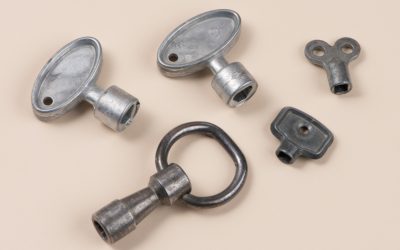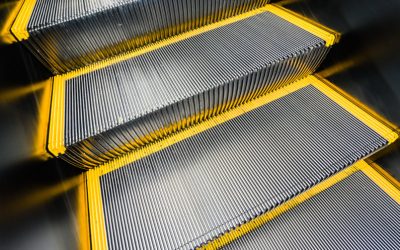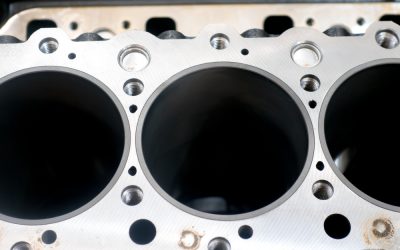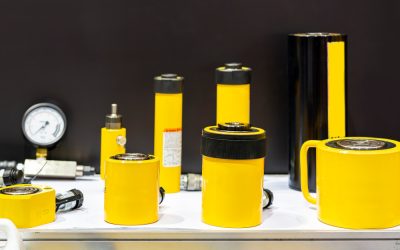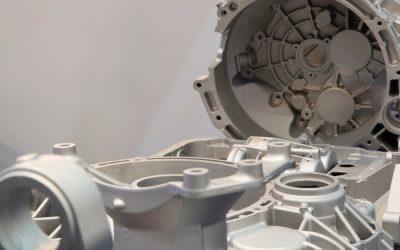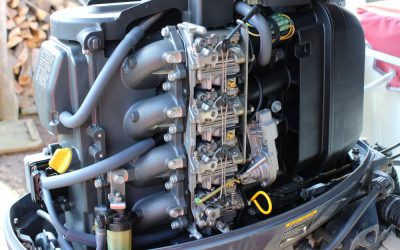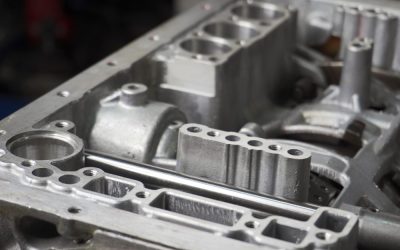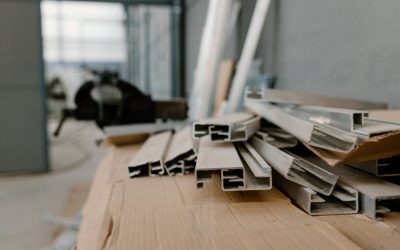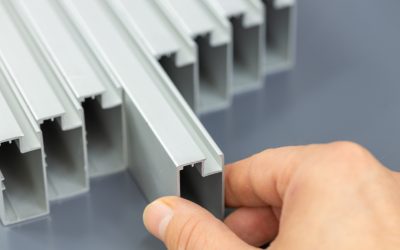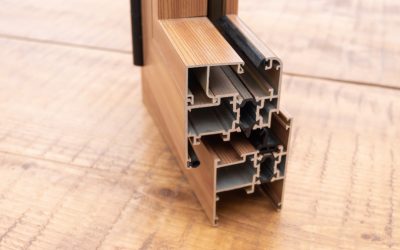Category: Aluminum Finishing
Learn more about the different types of aluminum surface finishes, how they are applied, and the applications they're most suitable for.Is Zinc Die Casting the Best Choice for Your Product?
Are you trying to decide on the most suitable die-casting material for your product? This decision is crucial for product performance, durability, and cost-effectiveness. Aluminum is the preferred choice for many casting applications, but zinc also offers unique...
518 Aluminum: A Die Casting Alloy With Excellent Finishing Characteristics
518 aluminum is a die-casting alloy that design engineers specify as an alternative to A380. It allows them to cast components with enhanced corrosion resistance that are easy to anodize and machine. Are you interested in 518’s composition, applications, and...
B390 Aluminum: A Die Casting Alloy With Excellent Wear Resistance
B390 aluminum is a die-casting alloy that design engineers specify as an alternative to A380. It allows them to cast components with improved wear resistance. Are you interested in B390’s composition, applications, and suitability for your die-cast part? Read on for...
A413 Aluminum: A Casting Alloy With Excellent Pressure Tightness
A413 aluminum is a die-casting alloy design engineers specify as an alternative to A380, allowing them to cast components with high pressure tightness. Are you interested in A413’s composition, applications, and suitability for your die-cast part? Read on for...
A383 Aluminum (ADC12): A Casting Alloy Ideal for Creating Intricate Parts
A383 aluminum is a popular die-casting alloy that design engineers specify as an alternative to A380, allowing them to cast more intricate components. Are you interested in A383's composition, applications, and suitability for your die-cast part? Read on for essential...
A360 Aluminum: Learn About This Corrosion-Resistant Casting Alloy
A360 aluminum is a popular die-casting alloy owing to its high corrosion resistance and excellent strength at elevated temperatures. Design engineers use this alloy as an alternative to A380 aluminum. So, you may be interested in its composition, applications, and...
A380 Aluminum Alloy: Get to Know its Properties, Applications, and Alternatives
A380 aluminum holds a prominent position as the most specified die-casting alloy available. Design engineers use it for diverse applications such as hand tools, gear cases, lawnmower housings, furniture, and more. Given its wide popularity, you may be interested in...
Aluminum Extrusion Alloys: Which One Should You Choose for Your Project?
There’s a lot to consider during the aluminum extrusion design process, from the desired profile shape to procurement costs and even options for special surface finishing. But one of the first considerations is to decide which aluminum alloy you will use. Using...
Custom Aluminum Extrusions: 5 Important Tips for Engineering Design Success
Aluminum extrusions are versatile, finding use in a wide range of industries and applications. But that diversity of applications also means your supplier’s inventory of standard profiles won’t cover every need. Many product designers encounter unique situations. You...
Wood Grain Aluminum: Giving Your Extrusions or Sheet a Natural Look
Humans have used wood as a building material for thousands of years. While many newer building materials exist in modern times, people still value wood for its warmth, elegance, and timeless appeal. In recent decades, we’ve seen the increased use of aluminum and new...

